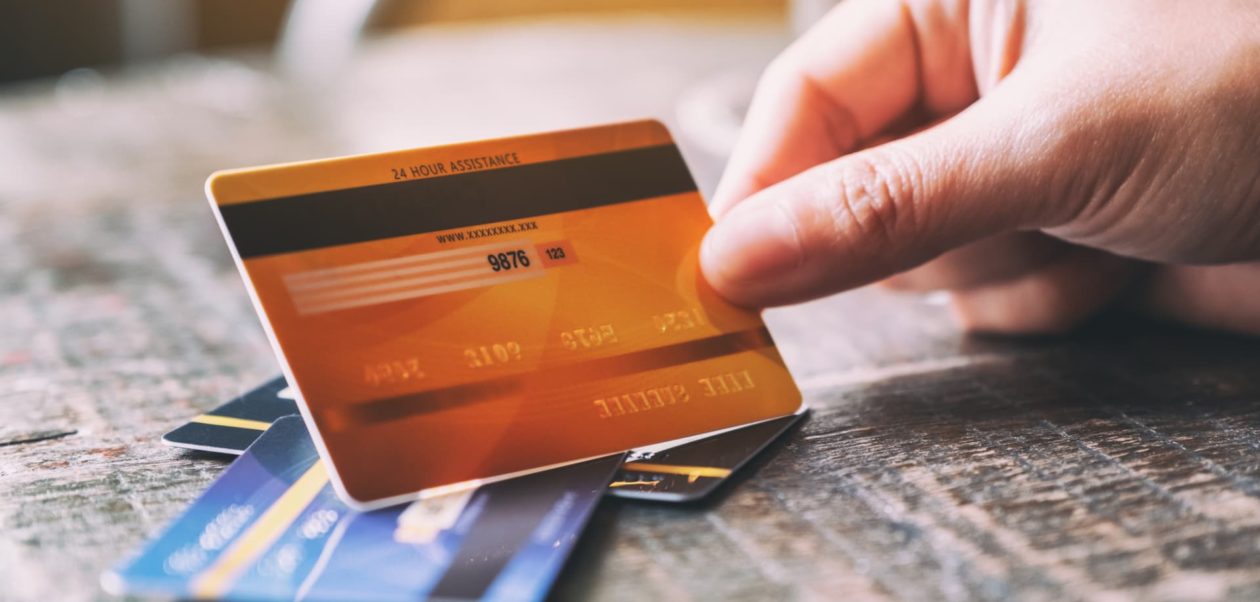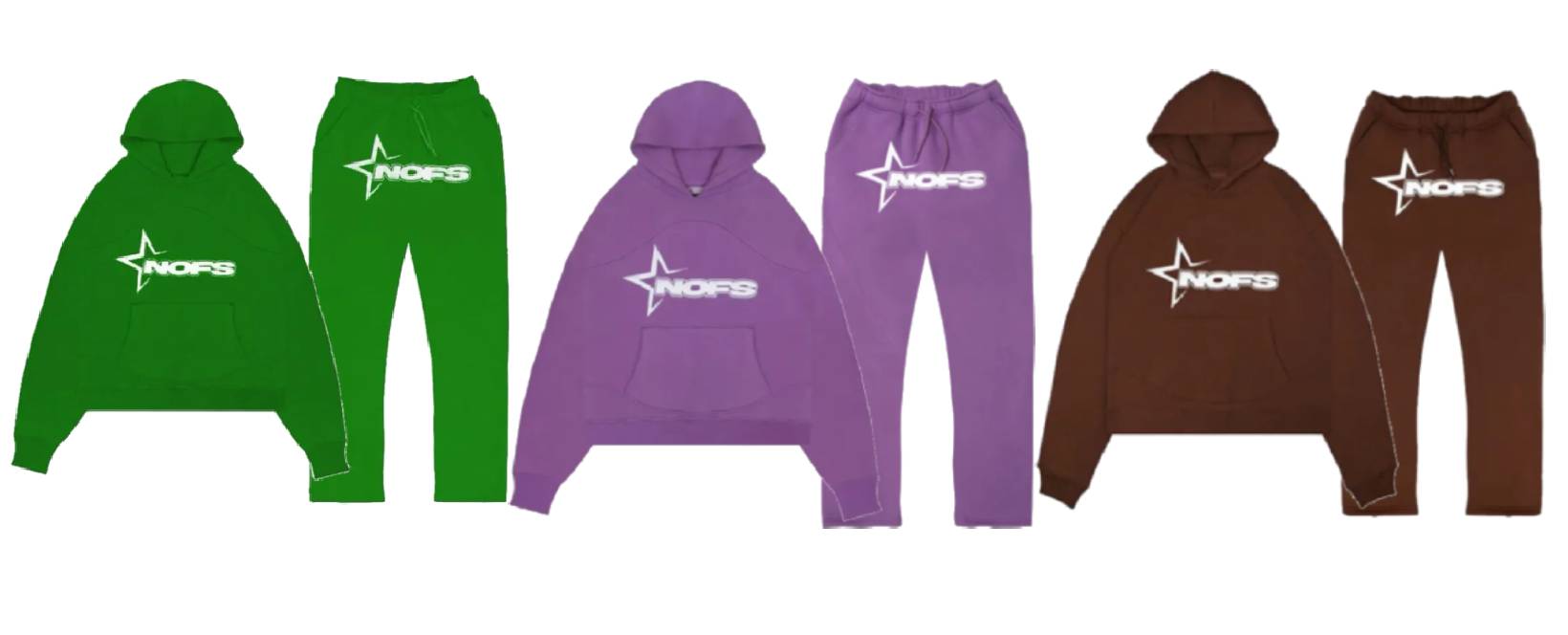Credit cards are seen by a lot of people as the beginning of a never-ending cycle of debt, which is a widespread misconception. The behaviours of people who use credit cards, such as making careless or planned purchases with their cards that they can’t afford to pay back and failing to pay their bills on time, are the true factors that keep them in debt and keep them there. Due to a lack of product knowledge, many people who use credit cards make choices that aren’t in their best interest, many of which could jeopardise their ability to maintain their current standard of living.
If you want to keep your financial status in good shape and avoid getting into financial trouble, you should never engage in the following credit card behaviours.
Maintaining a minimum 30% credit usage rate
Your HDFC Indian oil credit card utilisation rate is the proportion of your overall credit limit that has been used. When you apply for a credit card, you can follow the progress of your application in the same way that you check your credit score on a regular basis.
Also bear in mind that if your credit utilisation ratio surpasses this threshold, credit bureaus are likely to lower your credit score a few points because lenders frequently perceive borrowers with credit utilisation rates of more than 30% as credit hungry.
The best course of action is to limit your entire credit card spending to no more than 30% of your available credit. If you frequently exceed this credit limit, you should either apply for a second credit card or ask your current credit card issuer to increase your credit limit. Using credit cards to boost your overall credit limit will lower your credit usage ratio, even if you do not increase your credit card expenditure as a result of the increase.
Regular payment of the smallest amount due
Many people who use credit cards fall into the trap of believing that they can avoid paying financing charges by only making the minimum payment necessary. The cardholder will still be subject to significant financing charges on any unpaid balances, which can range from 23 percent to 49 percent p.a. Even though prompt payment of the minimum amount required can prevent the HDFC Indian oil credit card holder from accruing late payment fees and any negative effects on his credit score, this will not exempt the cardholder from these charges. In the event that any outstanding credit card debt is not promptly paid off, unless the debt is fully repaid, the interest-free period on any subsequent credit card purchases will expire.
What to do: If you find it difficult to pay off all of your credit card debt at once, you might want to consider dividing the remaining balance into a number of monthly instalments. The interest expenses associated with such EMI conversions are much less than the finance charges, and the loan tenors range from three months to five years. This will provide you the opportunity to pay off the remaining balance on your HDFC Indian oil credit card account with interest rates that are substantially lower and need fewer monthly payments. You can also request a balance transfer and check the HDFC credit card status for that request if you want to know whether or not your credit card application has been accepted.
Ignoring the dates for reward point redemption
The reward points collected on purchases can be redeemed for a variety of items, depending on the credit card’s reward point programme, including gift cards, air miles, purchases at particular merchant outlets and/or online partners, adjustments against existing debts, and more. However, the reward points that have been accrued for most credit cards have a two- to three-year expiration date. Reward points with no expiration are often offered on credit cards by a small minority of credit card issuers. Remember that you can always check the HDFC credit card status after applying for one, just like you can do with your reward points, to make sure you don’t let your reward points expire and be spent.
What to do: In order to ensure that they don’t lose out on the advantages of redeeming their earned reward points, HDFC Indian oil credit card holders should always keep track of the expiration dates of their reward points as well as the numerous terms and restrictions associated to their redemption. By doing this, they would be able to maximise the value of their earned reward points.
Keeping your credit limit from rising
Because they are concerned about their spending growing and the danger of becoming caught in a debt cycle, many credit card users are reluctant to increase their credit limits. However, if used wisely, an enhanced credit limit can greatly enhance your entire financial status.
What to do: The best move is to swiftly accept any and all credit card company offers to increase your credit limit. Accepting higher credit limits will boost your financial flexibility and provide you the option to use your card for larger purchases or to deal with unexpected financial difficulties. In addition to improving your credit score and increasing your future eligibility for credit cards and loans, a bigger credit limit would also result in a lower credit utilisation ratio.
If the company that issued your present card hasn’t set a higher limit, you can request one on your own. The HDFC credit card status of your application or request can then be checked, much like with a credit card application.
Obtaining loans via a HDFC Indian oil credit card
When you withdraw money using a credit card, cash advance fees of up to 3.5 percent of the entire transaction amount could be charged. Financing fees are further assessed from the time the money is withdrawn until it is repaid.
What to do: Avoid using your credit card to withdraw cash as much as possible. If it becomes unavoidably essential, make sure to return all of the money that was withdrawn right away. By doing this, you’ll help cut down on the extra interest costs brought on by finance charges.




